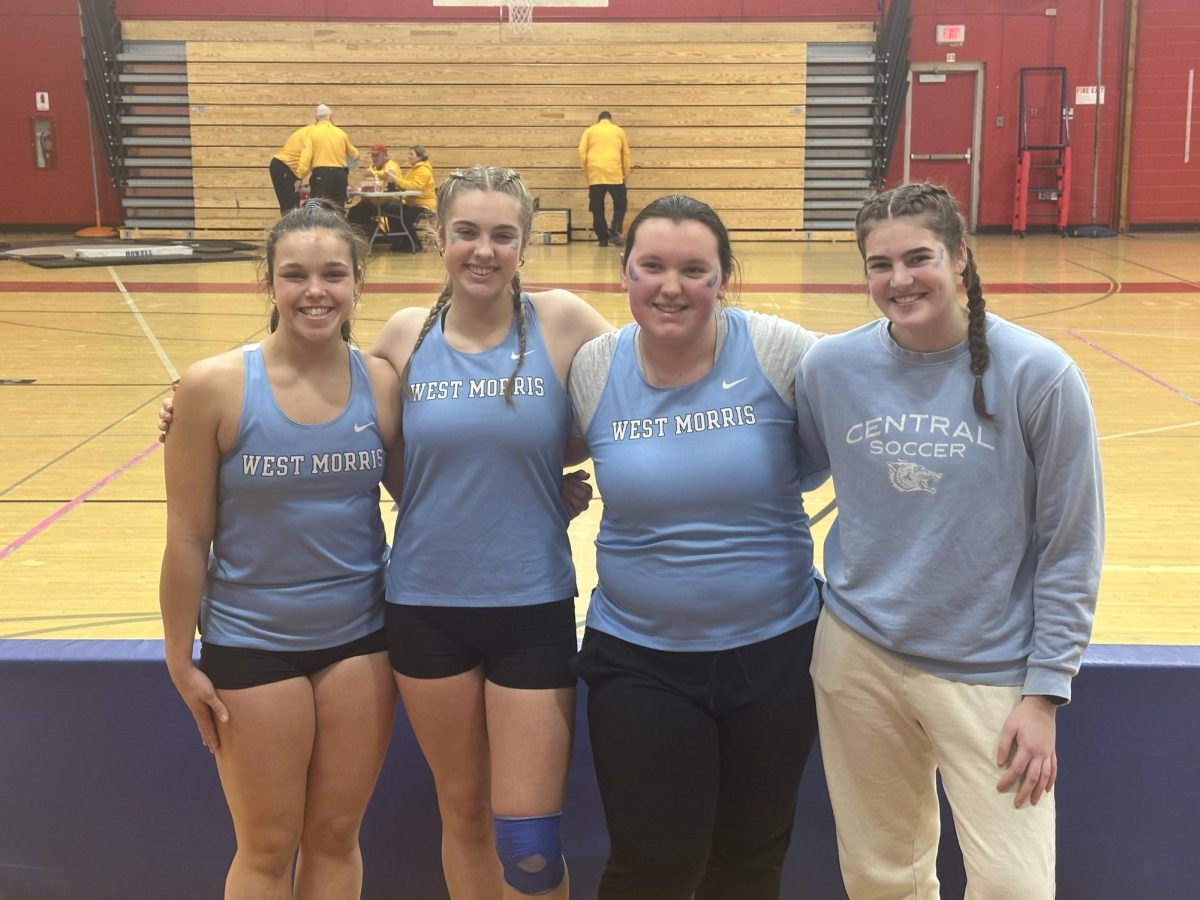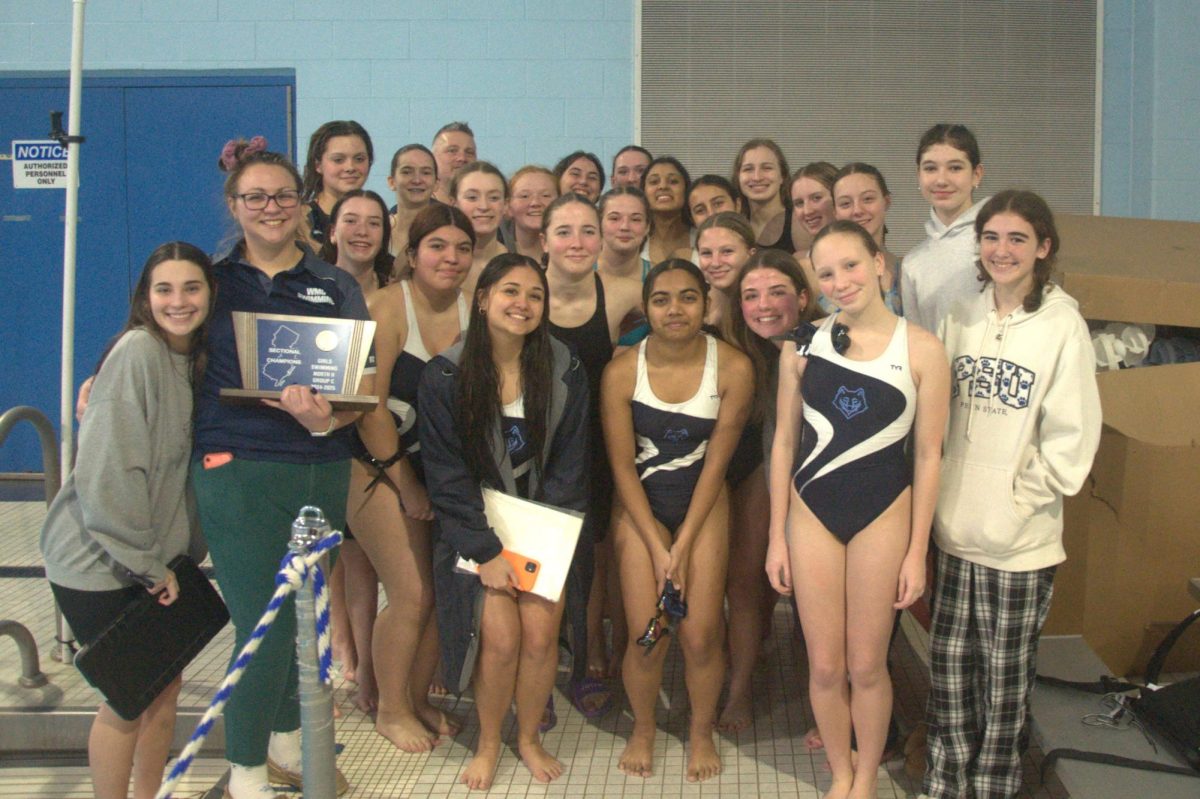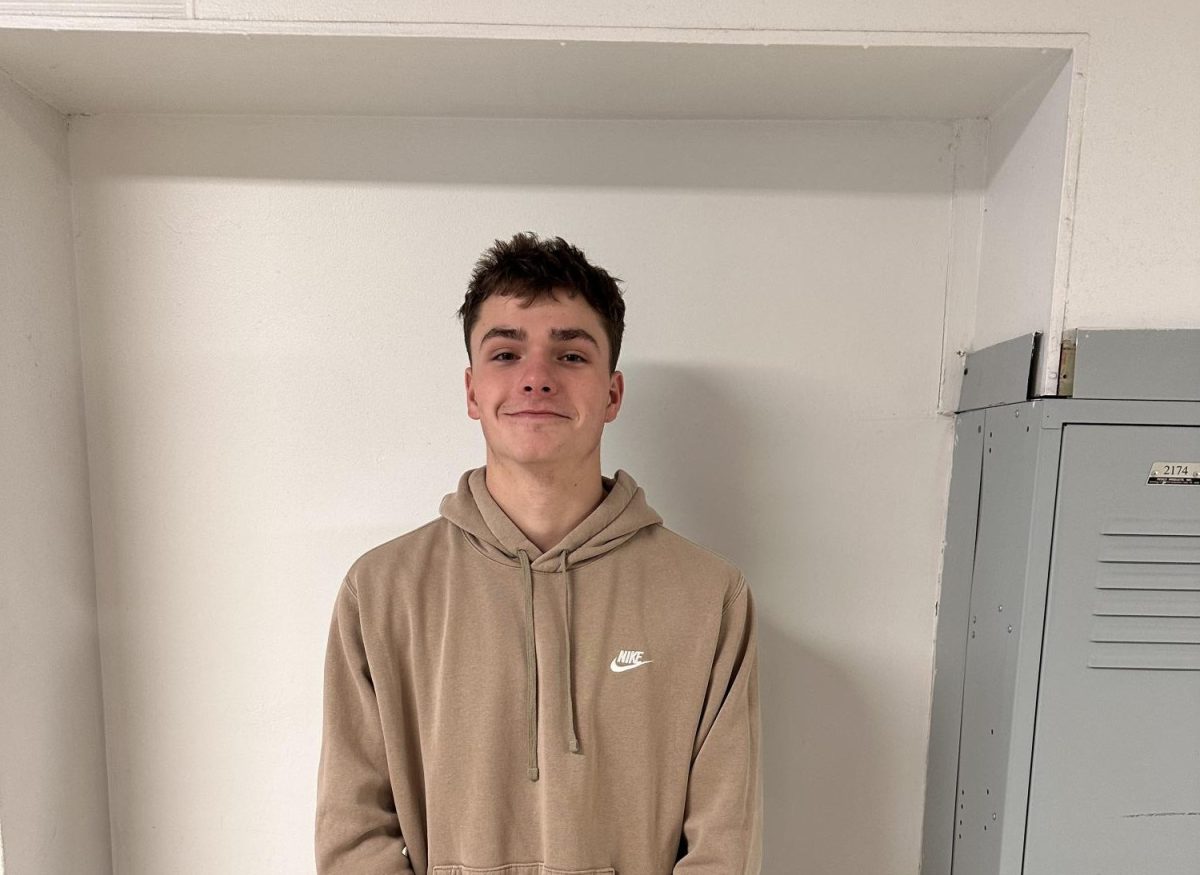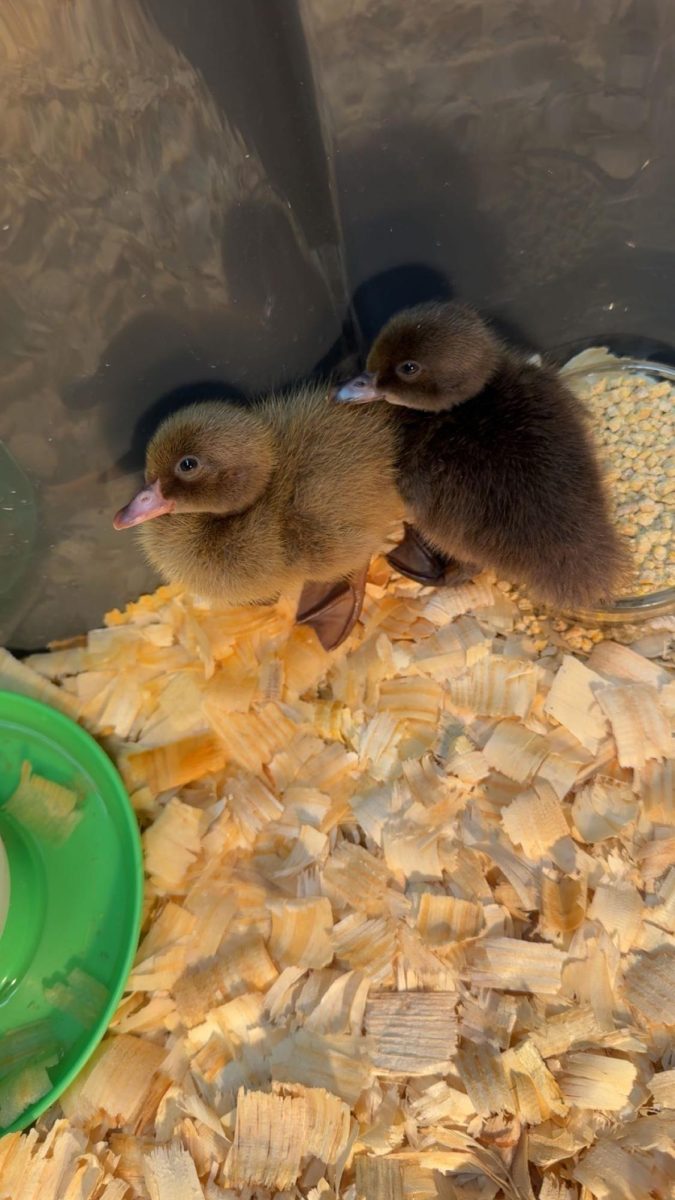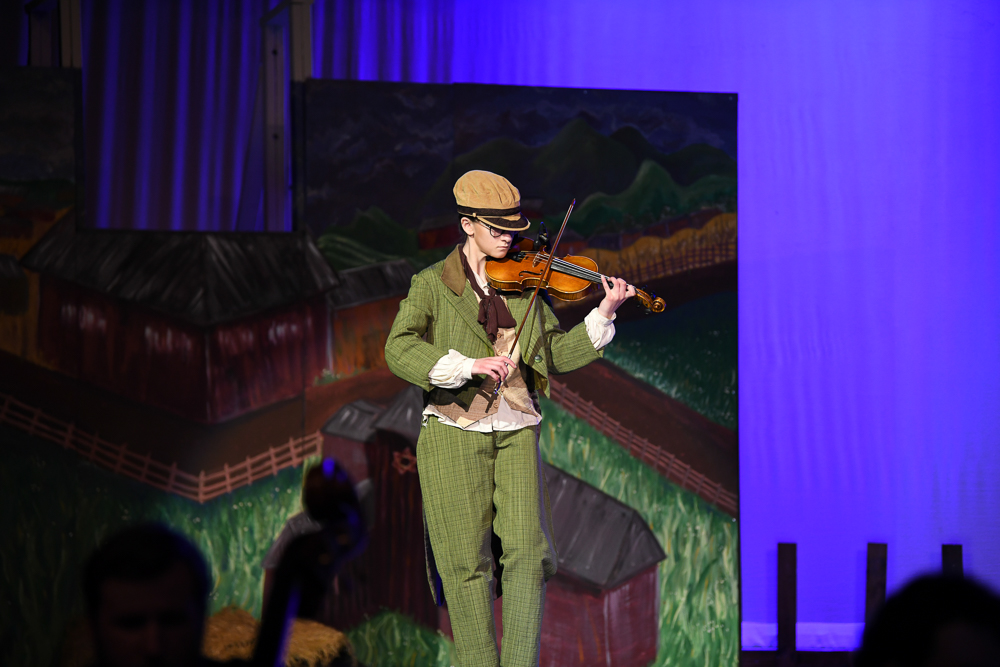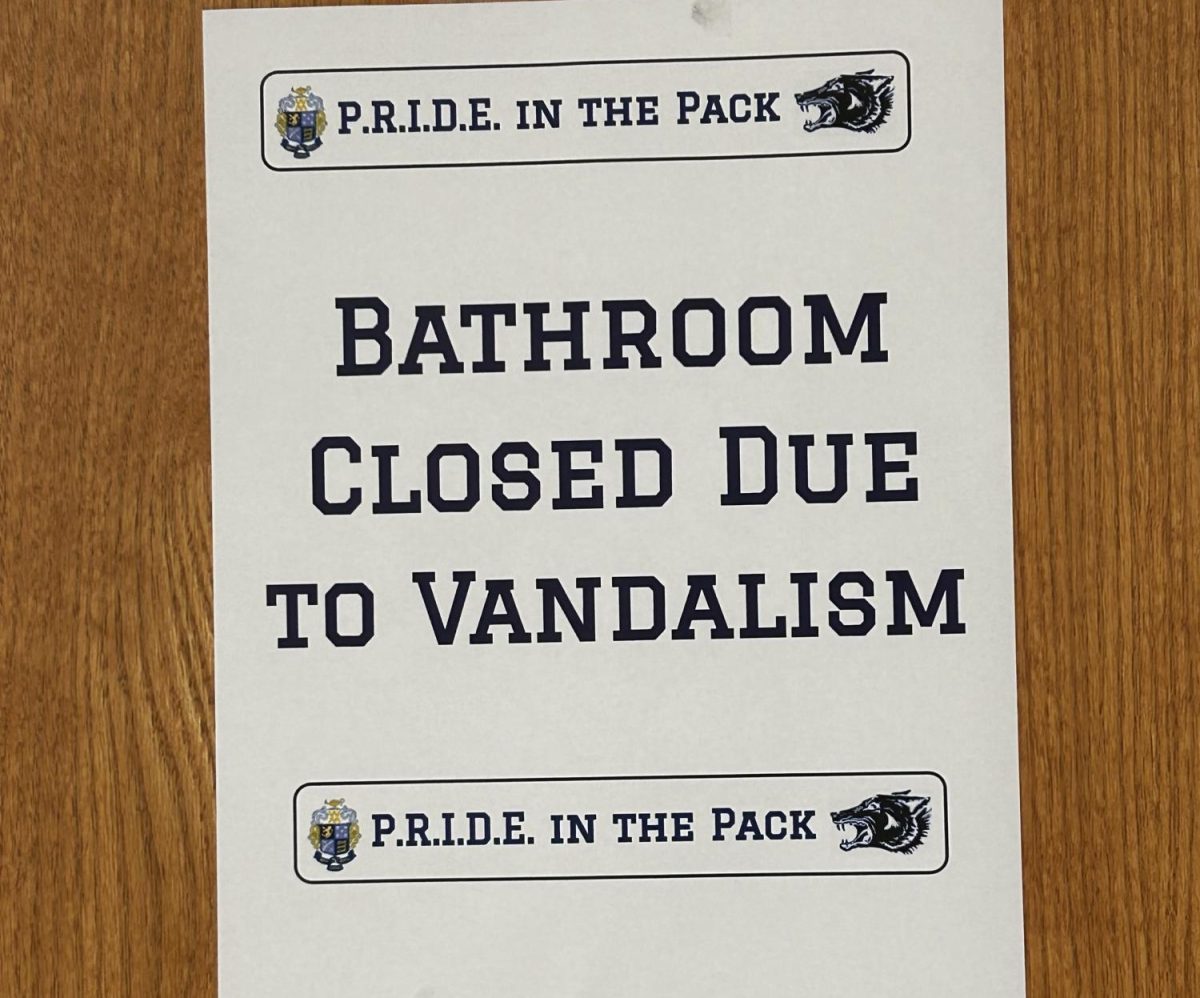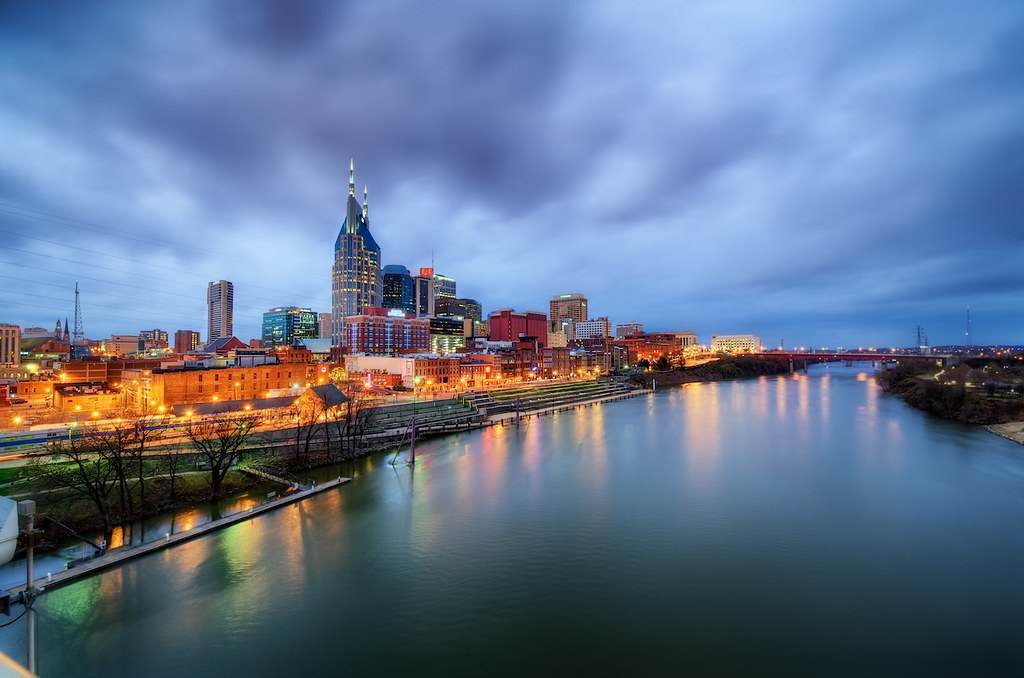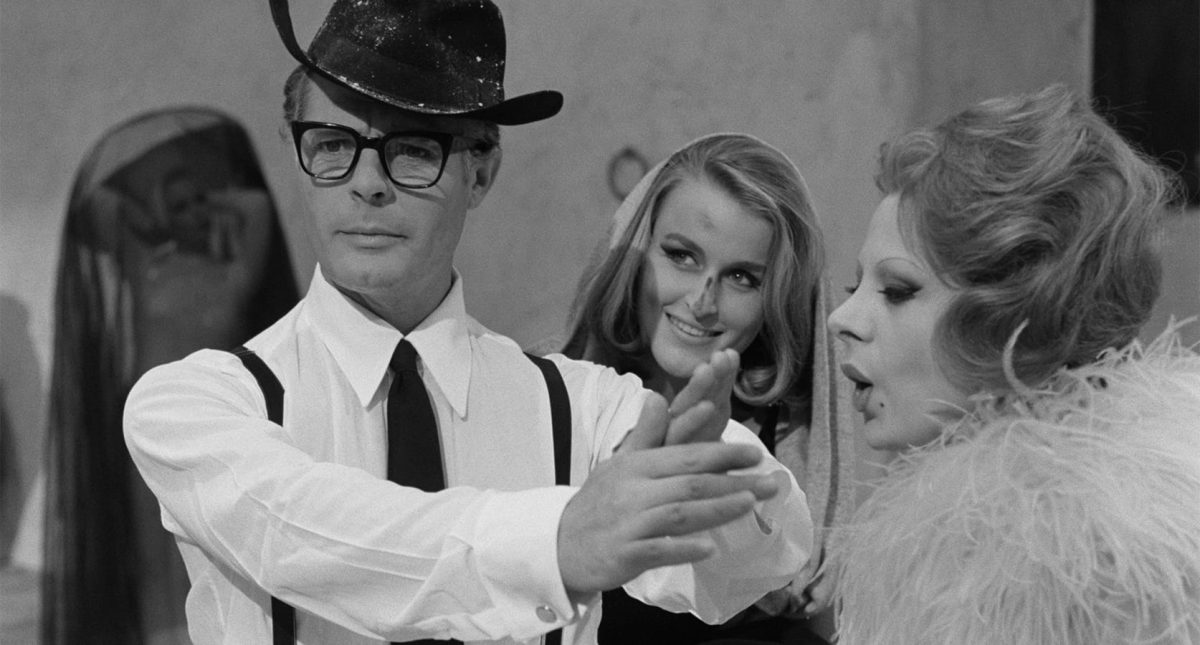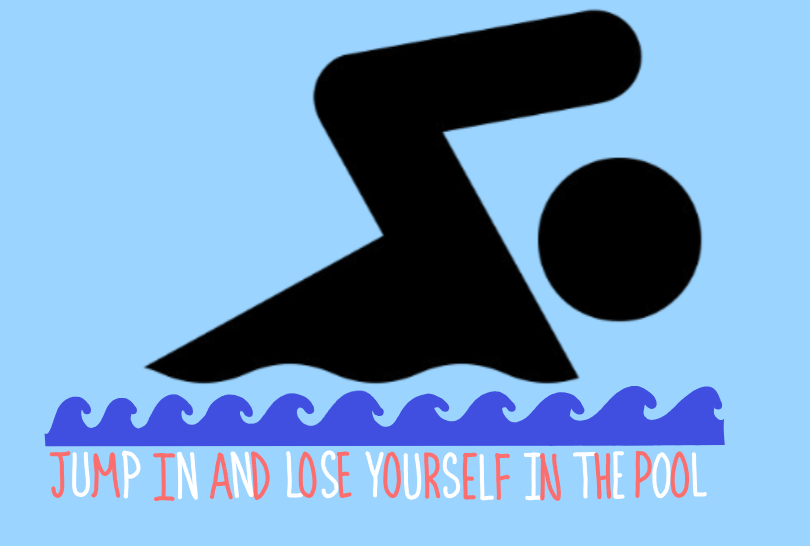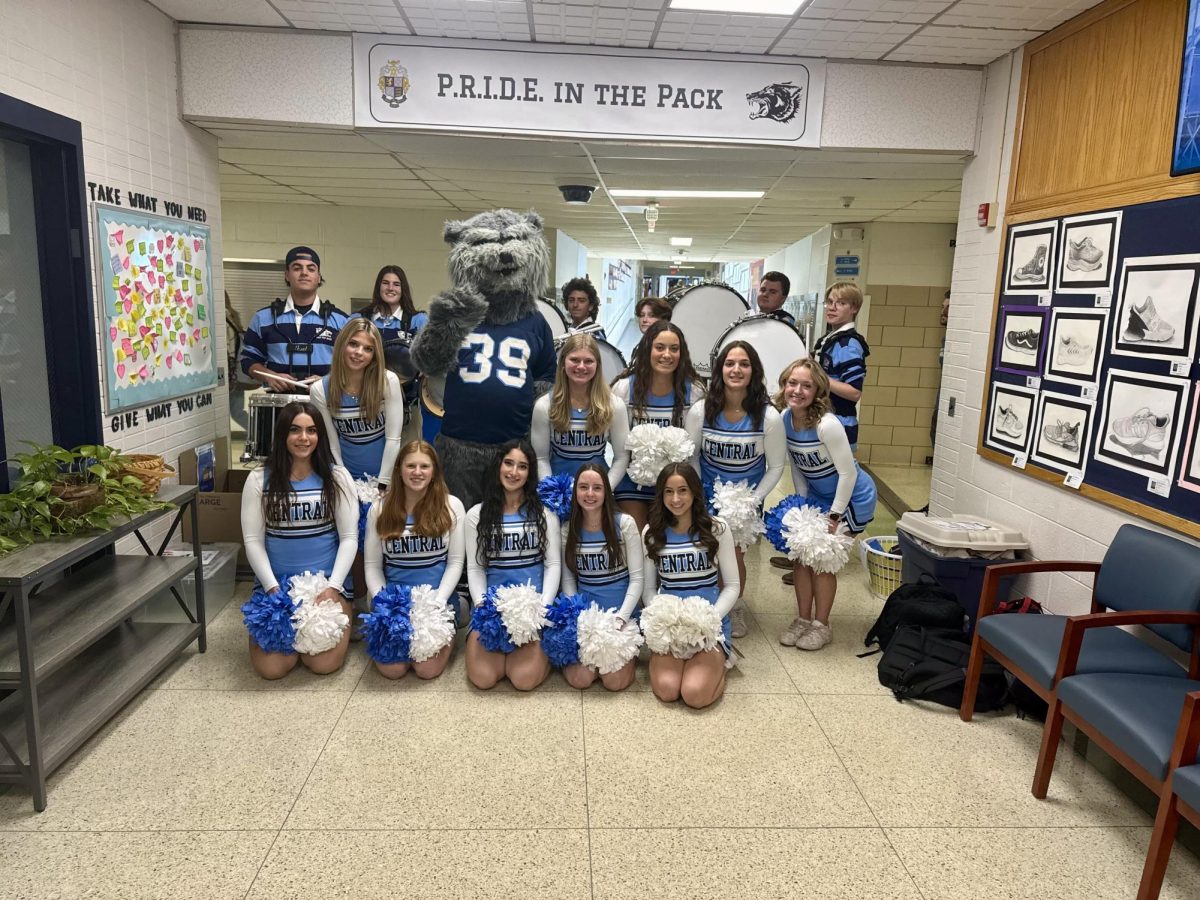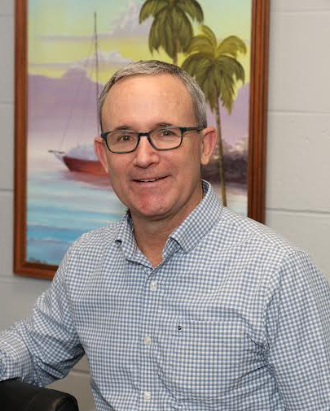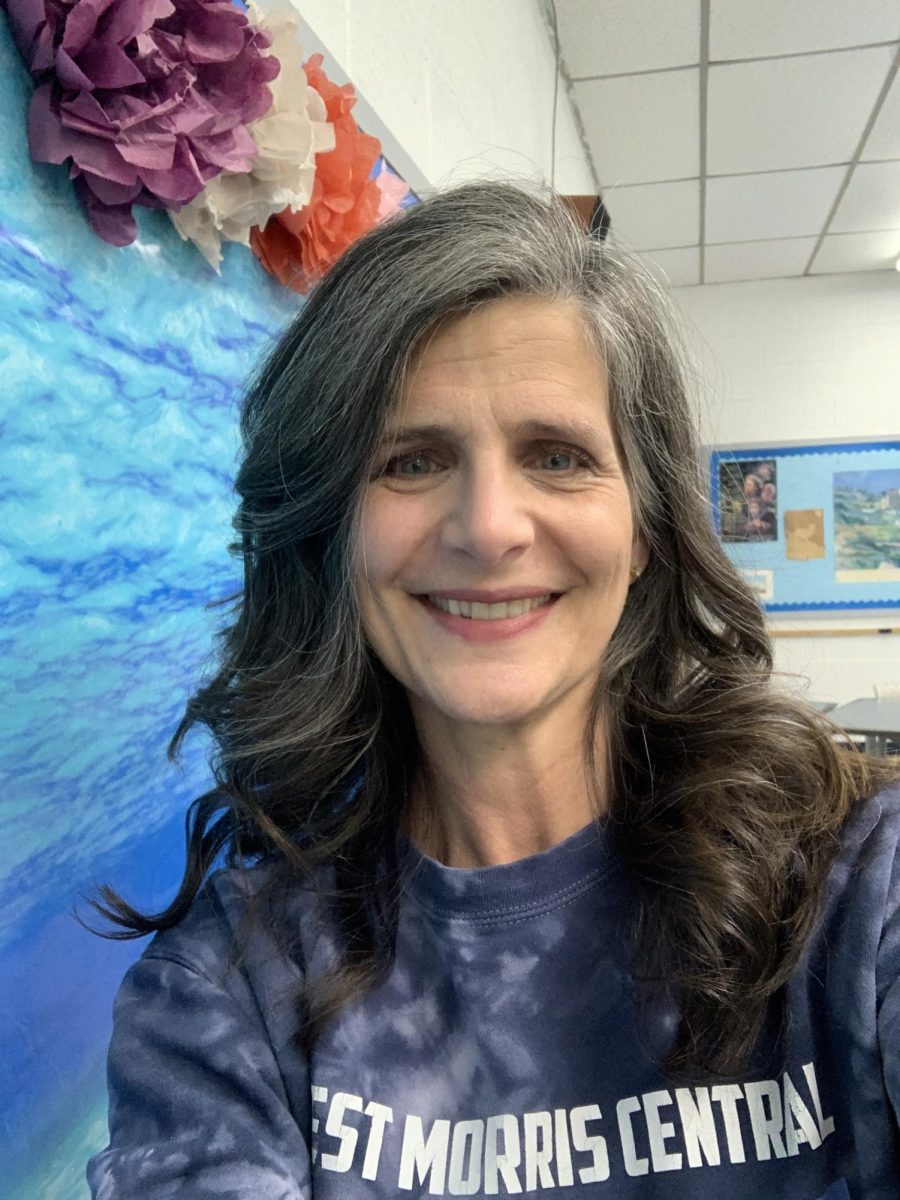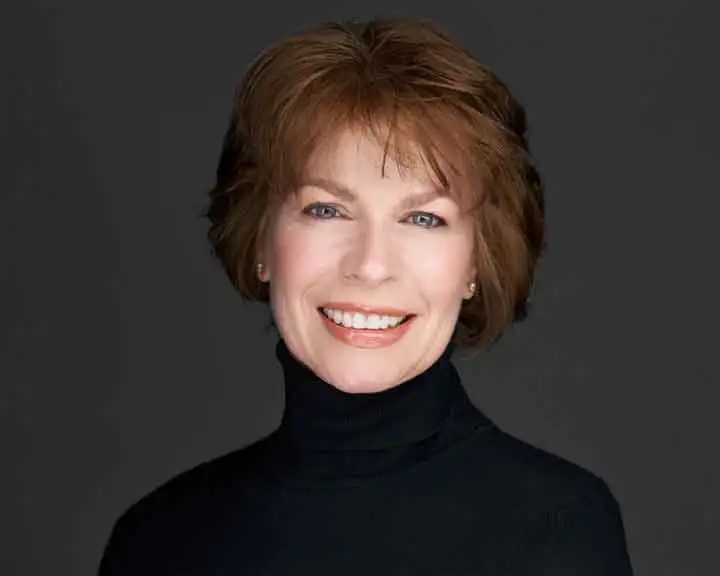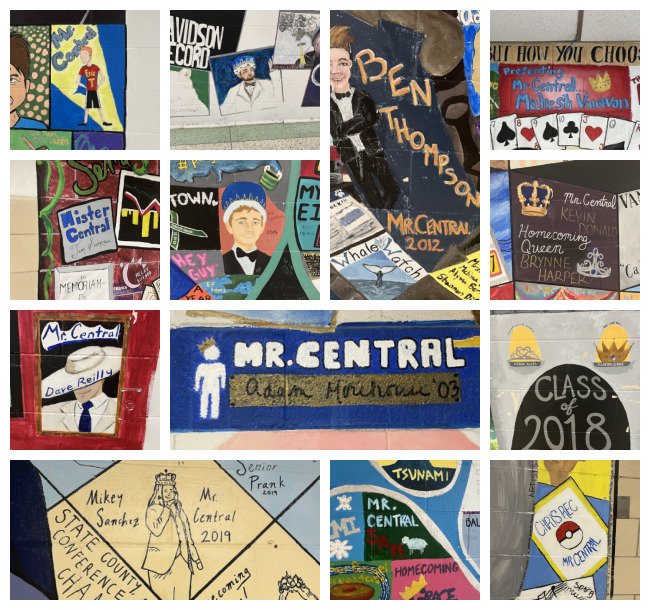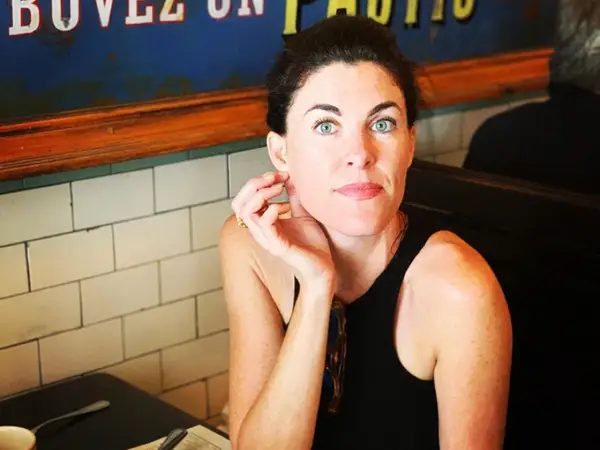
Eva Fedderly is an investigative journalist and author who covers a multitude of topics, some of the most prominent being social justice, design, and culture. Her newly published book, These Walls: The Battle for Rikers Island and the Future of America’s Jails, focuses primarily on the intersection between criminal justice reform, as well as the impacts of architecture in places of confinement.
Fedderly has always been a journalist at heart, with her earliest experience in the industry having been one that she created herself. At just eleven years old, she produced her very own news magazine, which she proudly titled Get a Clue, where she would cover everything from the latest fashion trends to the most prevalent world news. “For me, writing has always been a way to get lost in another world,” says Fedderly. “Creating my own magazine allowed me to realize how much of an outlet both writing and reading were, and still are for me.”
She then took her journalistic flair to West Morris Central, where she undoubtedly made the most of her time as a Wolfpack student. Fedderly’s involvement in a multitude of extracurricular clubs, including Film Club and the school newspaper, certainly served to enhance her high school experience, while simultaneously laying the groundwork for her eventual career. “I loved being involved with both of these clubs, not only because I was able to immerse myself in both film and writing, but because I had such a wonderful advisor,” explains Fedderly. “He has unfortunately since passed away, but Mr. Ralph Caiazzo was just such an inspiration in my life.”
Upon graduating from West Morris Central in 2003, Fedderly completed two years of community college, and eventually transferred to UC Berkeley for her junior and senior year. There, she found herself fully absorbed by the “rich history and activism” that was consistently on display in California, while simultaneously engaging with a rigorous, yet inspired course load. Still unsure of what career path could be best fit for her, Fedderly decided to move abroad to London in her early post-graduate years, securing her first job with a prominent public relations agency, where her “persistence and diligence” allowed her to quickly “climb up the ranks,” and eventually pitch to major companies and media outlets.
While she adored her time in public relations, Fedderly’s calling to professional journalism soon became unshakeable, with the question of “How can I make change?” living at the forefront of her mind. Having taken such a wide variety of mass media, social justice, and design-related courses at UC Berkeley, all of which were primarily writing-based, Fedderly returned to the United States to bring her newfound journalistic aspirations to fruition. In the fifteen years that followed this decision, she has written for a multitude of publications, some of which include Architectural Digest, New York Magazine, and Teen Vogue. “One of the reasons that I love being a journalist is that I love to learn,” explains Fedderly. “I am lucky that I get to keep pitching stories about different things that interest me.”
During her time with Architectural Digest, Fedderly published many pieces focused on the intersections of social justice and design. Having grown up with such a strong legal presence in her life, with her father working as a family and criminal defense lawyer, Fedderly often found herself highly aware of the implications of the incarcerated and the inner workings of the American prison system. Now living in New York City, Fedderly became intrigued by the Rikers Island prison complex in particular, as well as the undeniable infamy and controversy surrounding its existence.
For nearly a century, the Rikers Island jail complex has stood on a man made island in the East River of New York City. It currently stands as the city’s largest, yet most controversial correctional facility, housing eight functional prisons and thousands of incarcerated individuals who have not yet been tried. Back in 2017, when mayor Bill de Blasio announced that Rikers Island would be closed within the next decade and replaced by four newly designed jails located within the city boroughs, the public’s reaction seemed generally positive. Many were enthusiastic at first, including Fedderly herself, who, at the time, had decided to cover the closure and its impacts for Architectural Digest. However, upon further investigation and questioning, Fedderly discovered that this consensus was hardly universal, and that the institution’s need for reform was far more pressing than she had previously imagined. Such realizations prompted her to explore all things Rikers Island in the form of her investigative novel, These Walls: The Battle for Rikers Island and the Future of America’s Jails, which was published in October of 2023. “I believe that most people have a story to tell, however they don’t often have the opportunity to tell it,” says Fedderly. “I have so appreciated being able to serve as the vehicle for which so many of the people inside of Rikers can tell their story.”
West Morris Central is currently home to many working and aspiring journalists (especially here at The Paw), all of whom view the story and successes of Eva Fedderly as highly inspirational in their foundational publishing pursuits. While strong writing is undeniably at the core of the field, Fedderly ultimately believes humility and self-confidence to be what makes a strong journalist. “It is important to have humility in asking questions when you don’t know something, and to be quick to assess a potential story that could be brewing,” says Fedderly. “You also have to have confidence in yourself that you can tell a good, honest, and ethical story.”
Although her multifaceted career has quite literally taken her around the world, Fedderly is exceptionally grateful to have been able to return right back to where she started, here at West Morris Central. On April 15, 2025, Fedderly paid a visit to her alma mater to speak with The Paw’s contributing staff and share her professional journalistic and authorial insights. “As a journalist, it is one of the biggest honors to have your former high school ask you to come back and speak about your career, while also adapting your book into their journalistic curriculum,” she exclaims. “It’s moments like these that really make you think ‘I’ve made it.’ ”








